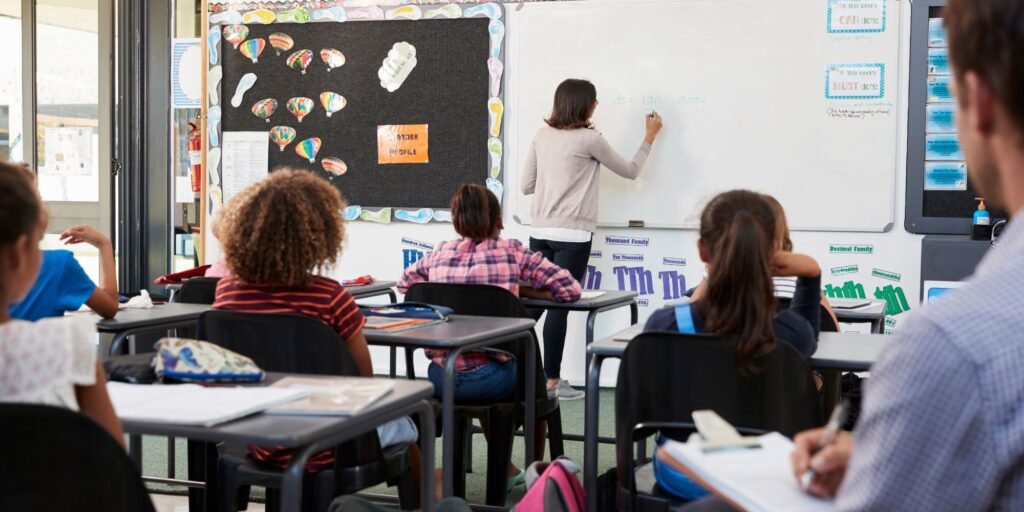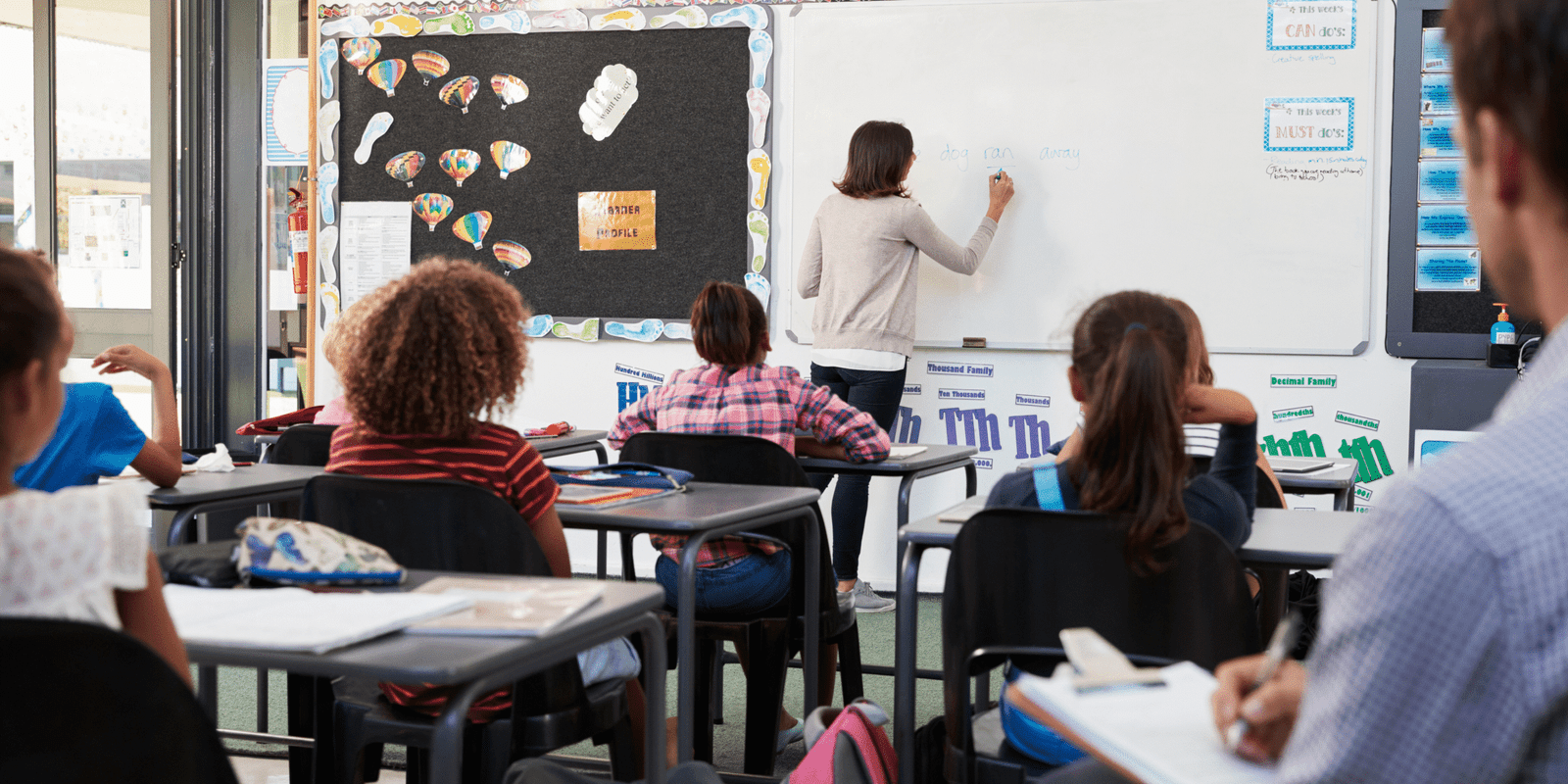In the classroom, tone of voice is not merely a tool for conveying information—it is a powerful social signal that can shape the learning atmosphere, strengthen relationships, and even prevent conflicts. Recent research shows that by developing the right tone of voice, teachers can create a supportive and conducive classroom culture for learning.
Tone of voice can serve as an early indicator when something starts to go wrong in the classroom. Like canaries in coal mines warning of danger, changes in pitch, sudden increases in volume, or repeatedly tense instructions can signal rising anxiety. This often triggers a “fight or flight” response from students, which can lead to emotional outbursts or open conflicts. For example, when teachers unintentionally use a harsh tone out of frustration, students may sense the tension and interpret it as a threat. This can create a tense and uncomfortable atmosphere for everyone in the classroom.
In a 2022 study, researchers analyzed common classroom instructions—such as “Sit in your seats” or “Prepare your lessons”—and found that variations in tone significantly affected student acceptance. The same instruction could be received very differently depending on whether it was delivered with a supportive or controlling tone. A teacher’s tone influences various aspects of student well-being, including their emotional health. Students tend to open up and share personal information—such as academic interests or personal issues—with teachers who use an empathetic and supportive tone, rather than an authoritarian or intimidating one.
However, developing a stable and positive tone of voice is not instantaneous. It takes time and practice, especially when dealing with students who like to “push the teacher’s emotional buttons.” One effective method is simulating classroom scenarios with fellow teachers. By practicing responses to possible difficult situations before they happen, teachers can be more emotionally prepared and less likely to react with a negative tone. According to instructional coach Emily Terwilliger, this can reduce impulsive reactions and make directions easier for students to accept.
Kristine Napper, a high school teacher, emphasizes the importance of balancing high expectations with empathy. According to her, neither high expectations nor kindness can stand alone. Teachers need to blend both in their communication. This means teachers shouldn’t just be unlimited “friends” to students, but also shouldn’t be rigid, intimidating authorities. The tone of voice should reflect a combination of clear expectations and genuine care. This plays a crucial role in building trust that ultimately encourages students to engage more academically.

It’s undeniable that there will be times when teachers need to raise their voice or speak firmly. However, knowing when and how to do so is important. A tone that remains calm, neutral, yet firm can convey authority without creating fear. This approach is more effective than simply shouting. According to Pamela Hammond from the Learning Institute, such a tone creates a safe space where students feel heard and valued but still understand the boundaries.
Tone of voice is just one part of communication. Facial expressions, body language, and eye contact also convey strong messages. A 2017 study by Amber Dickinson showed that eye contact or nodding in agreement can reduce the “psychological distance” between teachers and students. Even without speaking, teachers can build trusting relationships simply through supportive body language.
Tone of voice applies not only to spoken communication but also to writing. In emails to students, for example, teachers can add personal touches to show empathy and care. Phrases like “You can get through this” or “Your hard work will not be wasted” can be great motivators for students facing difficulties.
Overall, building a healthy classroom culture is not just about making rules or designing curriculum. More importantly, classroom culture is built through daily interactions—especially how teachers speak to students. A consistent, supportive, and empathetic tone creates a safe and productive learning environment. Students will be more open, cooperative, and motivated when they feel their teacher respects and trusts them. Conversely, a tone filled with pressure or impatience can cause anxiety and break the emotional connection between teacher and student.
Practice tone of voice in simulations to be better prepared for difficult situations. Use a neutral but firm tone when correcting to avoid shouting. Pay attention to body language, as friendly expressions and small gestures like nodding can reinforce messages. Add empathetic phrases in emails or messages to show care. Build relationships first before giving instructions—because tone of voice will be far more effective if trust is already established.
Tone of voice is not a trivial matter in teaching. It is the foundation of effective communication, a tool for building relationships, and a bridge to creating an inclusive and productive classroom culture. Teachers who can manage their tone wisely will be more successful in guiding students through academic and emotional challenges. Developing the right tone of voice requires self-awareness and practice, but its impact is tremendous. It is an investment in creating a learning space that is safe, supportive, and full of potential.


Leave a Reply